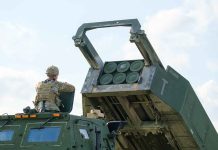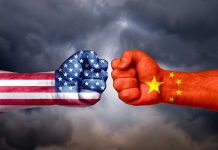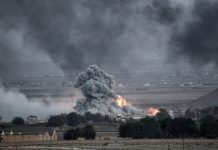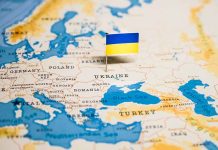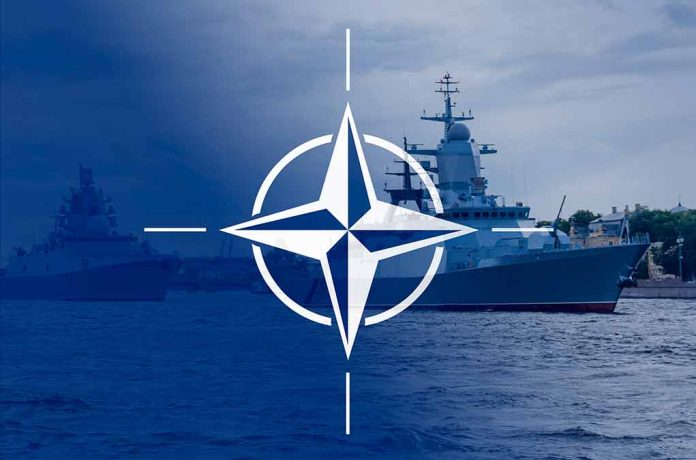
Ladies and gentlemen, buckle up! We’re about to dive into the geopolitical rollercoaster that’s been keeping our allies on their toes. As China flexes its muscles and Russia rattles its saber, our friends across the pond are feeling the heat. It’s time to take a hard look at how NATO and our international partners are reacting to these growing threats. Spoiler alert: It’s not all handshakes and tea parties.
NATO’s Strategic Shift
NATO, the cornerstone of Western security, has been forced to adapt to a rapidly changing global landscape. The alliance, originally formed to counter Soviet aggression, now finds itself grappling with a resurgent Russia and an increasingly assertive China.
In response to Russia’s actions in Ukraine and China’s territorial ambitions in the South China Sea, NATO has begun to reassess its strategic priorities. The alliance has increased its military presence in Eastern Europe and is working to strengthen its capabilities in the Indo-Pacific region.
China has become a decisive enabler of Russia's war against Ukraine. Through its no-limits partnership and support for Russia's defense industrial base. This includes the transfer of dual-use materials such as weapon components, equipment and raw materials.@NATO Allies agree… pic.twitter.com/TmlCH4QqCn
— U.S. Mission to NATO (@USNATO) July 24, 2024
European Allies Step Up
Many European nations have taken concrete steps to bolster their defense capabilities in light of the growing threats from Russia and China.
France and Germany, two key NATO members, have increased their defense spending and are working to modernize their armed forces. The United Kingdom has also reaffirmed its commitment to NATO and is expanding its military presence in the Indo-Pacific region.
The Indo-Pacific Factor
As China’s influence grows in the Indo-Pacific, NATO and its partners are increasingly focusing on this critical region.
The United States has been working to strengthen its alliances in the area, including the Quad partnership with Australia, India, and Japan. These efforts aim to create a counterbalance to China’s expanding military and economic power in the region.
“China is a decisive enabler of Russia’s war of aggression against Ukraine. China has not condemned Russia’s invasion, but rather continues its political, economic and military cooperation with Russia.” – NATO Secretary General Jens Stoltenberg
Cyber and Hybrid Threats
NATO and its allies are also grappling with the growing threat of cyber attacks and hybrid warfare tactics employed by both Russia and China.
The alliance has established a Cyberspace Operations Centre and is working to enhance its capabilities in this domain. Additionally, NATO members are sharing intelligence and best practices to counter disinformation campaigns and other forms of hybrid warfare.
Economic Measures
Beyond military responses, NATO allies are also using economic tools to counter threats from Russia and China.
Sanctions against Russia have been implemented and expanded in response to its actions in Ukraine. Simultaneously, many Western countries are reassessing their economic relationships with China, particularly in sensitive sectors like telecommunications and critical infrastructure.
Challenges and Future Outlook
While NATO and its allies have taken significant steps to address the growing threats from Russia and China, challenges remain. Maintaining alliance unity, balancing competing priorities, and addressing internal political divisions are ongoing concerns.
As the global security landscape continues to evolve, NATO and its international partners will need to remain vigilant and adaptable. The coming years will likely see further adjustments in strategy, capabilities, and partnerships as the alliance works to ensure the security and stability of its members in an increasingly complex world.


